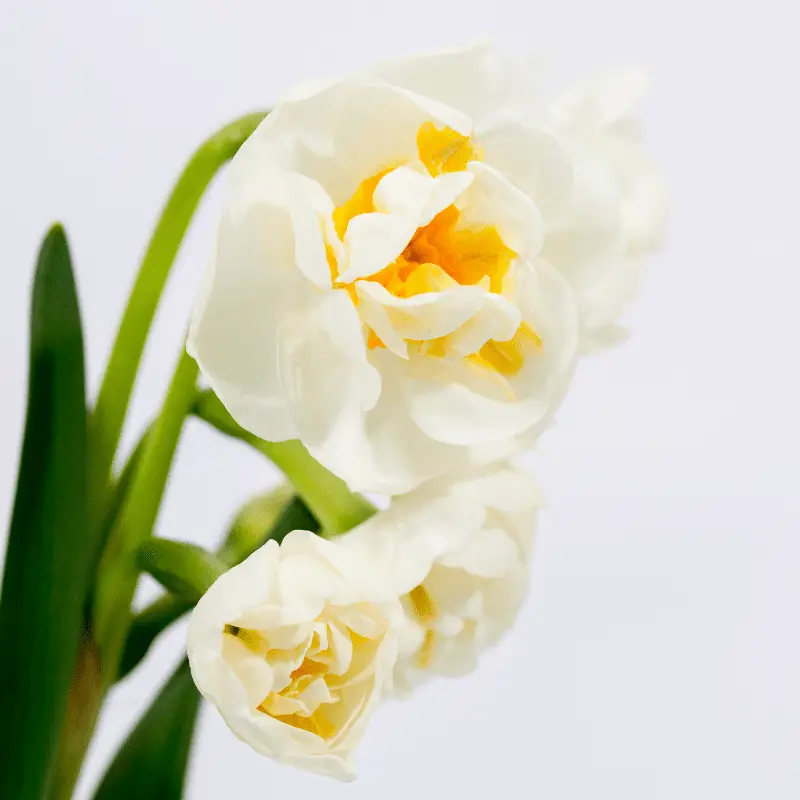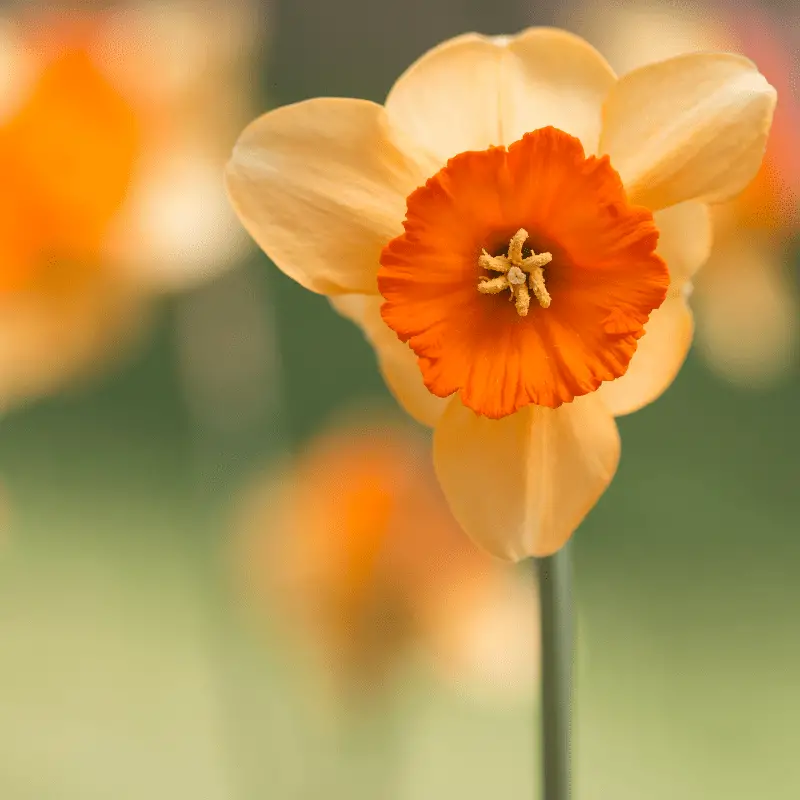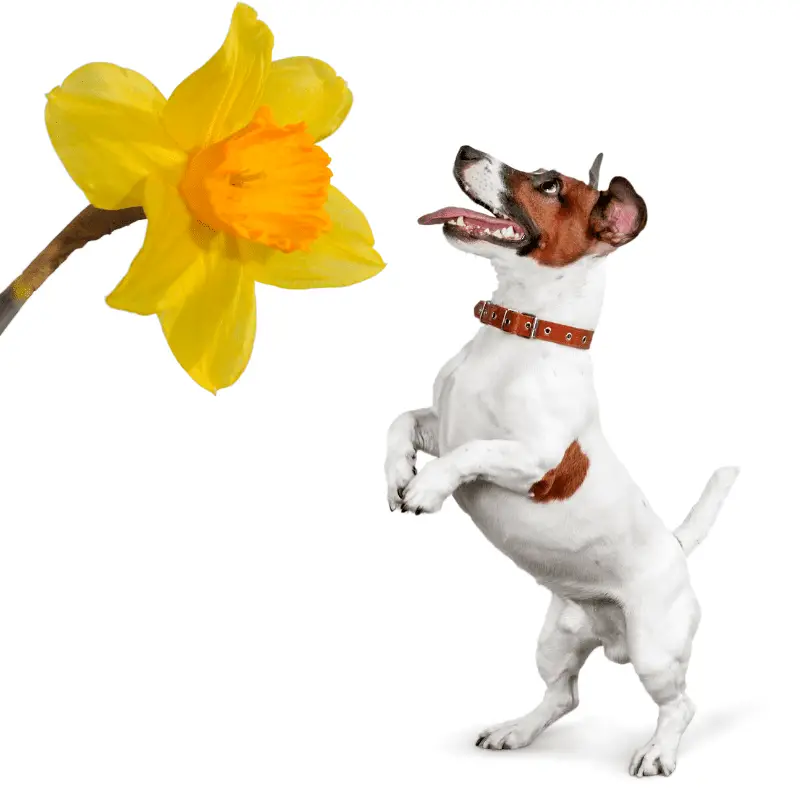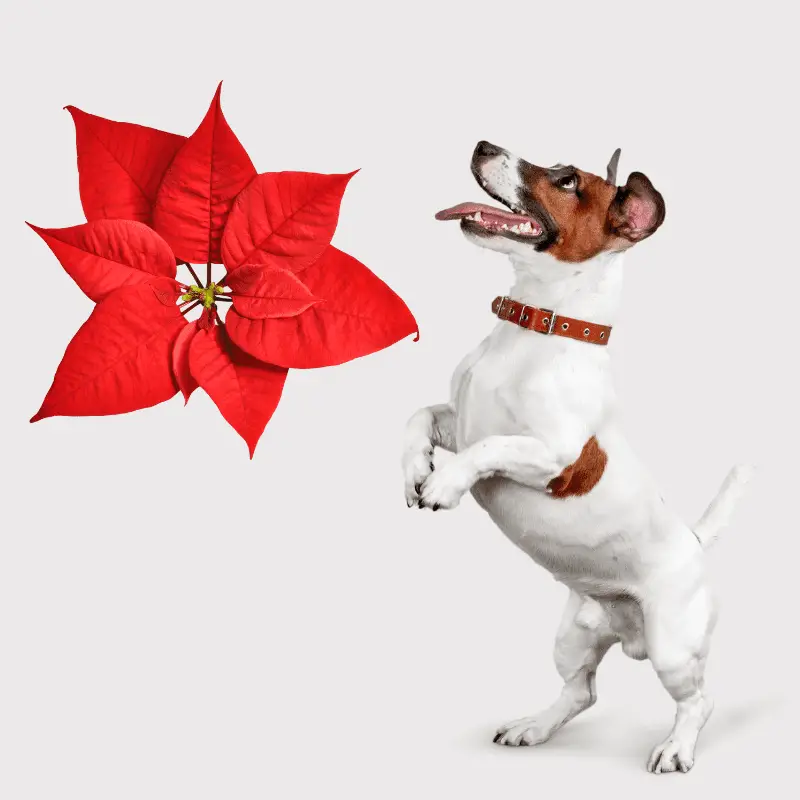Every gardener loves the yellow of daffodils during springtime. The bright sunshine colour of the flowers gives your mind an instant boost of happiness. However, if you have a pet dog in your home, you should be aware of the dangers lurking in your flower bed. Most dogs love to dig around the garden, so there is always a chance that your dog may come into contact with daffodil bulbs. So it is even more critical for you to know whether your furry friend will be in any danger if they think of nibbling on a daffodil bulb or flower.
Yes, Daffodils are poisonous to dogs and can lead to serious health issues. The whole part of this plant is toxic to dogs, which can lead to gastrointestinal troubles, including diarrhoea, vomiting, and acute abdominal pain.
Daffodils Overview
- Scientific name: Narcissus
- Family: Amaryllidaceae
- Kingdom: Plantae
- Tribe: Narcisseae
How to Recognise a Daffodil
The most common flower colour of a daffodil is yellow. However, daffodils can come in various colours such as white, cream, pink, orange, Or a combination of these colours.

Cream and yellow daffodils 
Orange daffodils 
Pink and white daffodils 
Yellow daffodils
Daffodils have six petals with a trumpet looking shape inside the middle of the six petals. This trumpet shape, also known as a central cup, is named the corona, and the six petals are called the perianth.
The plant stems look like thick blades of grass and deep green at the top, lightening green in colour, towards the bottom close to the root.
The bulbs of the daffodil look a bit like onions. They have flaky skin around them and a solid white part inside. Often mature bulbs have several roots sticking out of them or even shoots of plants.
What is daffodil poisoning?
Daffodil poisoning happens when a dog eats any part of the daffodil plant. However, the more severe reaction is when a dog consumes the daffodil bulbs. The reason is that the bulbs of these plants contain the highest concentration of toxins. Even the dust from the bulbs can be dangerous for your dog. If inhaled, a daffodil bulb dust can severely impact the mucous membrane tissues and the upper respiratory tract.
The toxin found in daffodil bulbs is known as lycorine. This toxin can cause cardiac problems and arrhythmia. The calcium oxalate present in the daffodil plant can lead to kidney failure if your dog consumes it in a large quantity. The symptoms of daffodil poisoning are very similar to hyacinth poisoning. If your dog chews on the bulbs or the plant parts, it can, at the very least, irritate the skin, mouth, and oesophagus. Other than that, direct contact with the daffodil plants or bulbs can cause blisters, swelling, and pain.
Is the whole daffodil plant poisonous?
Yes, the whole plant of the daffodil, including the bulb. Also known as narcissus, the daffodil stems, flowers, and leaves can cause poisoning to dogs. The alkaloid lycorine triggers diarrhoea, vomiting, stomach pain, and heartbeat irregularities in dogs. As the bulbs possess the most concentration of lycorine, it poses the maximum danger to your pet dog.

Apart from that, the flowers and bulbs also contain calcium oxalate. These are tiny needle-shaped crystals that can create acute pain in the tongue, mouth, lips, and throat of your pet. If ingested, calcium oxalate can cause vomiting and stomach pain. Daffodil poisoning can cause swallowing issues, respiratory illness, and heartbeat irregularities. So if you think that your dog has consumed any part of the daffodil plant, you should get in touch with the veterinarian immediately.
It is not only the bulbs and the plant that is toxic to your pet dog. If you have kept cut daffodils in a flower vase at your house, the water left inside the flower is sufficient to poison your pet. So, if you decide to keep a vase of daffodils at home, make sure to keep them out of reach of your dog.
Seriousness
The severity of daffodil poisoning mainly depends on the part of the plant consumed by your dog. It can vary depending on the health condition of your dog, the size of your dog and the amount they have ingested. Exposure to the skin can also lead to a burning rash, causing excessive itching and skin inflammation when a dog comes into contact with them.
Symptoms
- Abdominal pain
- Abnormal breathing
- Blisters
- Cardiac arrhythmia
- Coughing
- Diarrhoea
- Drooling
- Drowsiness
- Increased Heartbeat
- Inflammations
- Itching
- Nausea
- Seizures
- Spasms
- Tremors
- Vomiting
Can dogs be allergic to daffodils?
No dogs are not allergic to daffodils. Daffodils are known as allergy-friendly as they have absolute minimal pollen inside of them, for insects only. They do not need large amounts and rely on the wind to carry and pollen around. However, Daffodils can still cause significant health issues to your dog. If the calcium oxalate crystals present in these plants come in contact with your dog’s skin, it can lead to severe skin irritations. This incident often makes the dog owners mistakenly assume that the dogs are allergic to daffodils. The truth is that they are just plain poisonous to your dog and every other dog.
Can daffodils kill a dog?
Yes, if a dog has consumed enough, these plants can be fatal. However, most dogs, especially older dogs, should know not to eat these plants. However, puppies are at greater risk of making bad choices, especially when it comes to the bulb of a daffodil. The bulb of the plant often looks like a toy to a puppy. The risk gets heightened significantly if your dog has consumed the plant’s bulb, as this holds the most toxins. Apart from the bulb, if a dog excessively consumes any other plant parts, it can lead to nausea, vomiting and diarrhoea.
The smaller dogs are also at a greater risk than the larger dogs when it comes to daffodil poisoning. It takes a minimal amount of daffodil plant to create severe consequences for dogs with a smaller body mass. Larger dogs with a greater body mass can deal with slightly more amounts. But it is still dangerous for them.
Older dogs, no matter their age or size, will be severe. Older dogs bodies tend to repair lesser than the younger ones.
The Dogs at a Greater Risk
- Dogs with underlining health problems
- Older dogs
- Puppies
- Smaller dogs
What should I do my dog just ate daffodils?
You should contact your veterinarian for some professional advice for your dog. A vet will ask for the amount consumed if known, also, the size, age and health of your dog. All these answers play a part in the treatment process.
If you are unsure whether your dog has consumed any part of a daffodil plant but suspect it, you still need to consult with a professional for advice.
Keep an eye out for any signs and symptoms of daffodil poisoning.
Treatment
There is no treatment antidote for daffodil poisoning. That means your veterinarian will try to limit the number of consumed toxins from getting absorbed in their body. The veterinarian will also assist your dog in recovering more quickly, such as an IV treatment or induced vomiting.
Recap
Daffodils are certainly poisonous to dogs, so keep them out of reach. If you suspect your dog has eaten some, especially the bulb part, then you must take your dog to the vet as soon as possible the prognosis will be excellent if you do this. However, it may take your dog to recuperate fully from these poisoning incidents. So it is always better to try and prevent such incidents from occurring.
Recommended
Suppose you want to spice up your garden, plant either Petunias, Sunflowers, or even Zinnias. These are all safe for dogs; however, like anything, if overeaten by dogs or puppies, it will cause slight tummy upsets.


![Can Dogs Eat Garden Insects? [What Happens If They Do?]](https://dogfriendlyscene.co.uk/wp-content/uploads/2022/02/A-selection-insects-in-a-collage-and-a-dog-spider-slug-caterpillar-bee-wasp-tick.png)









